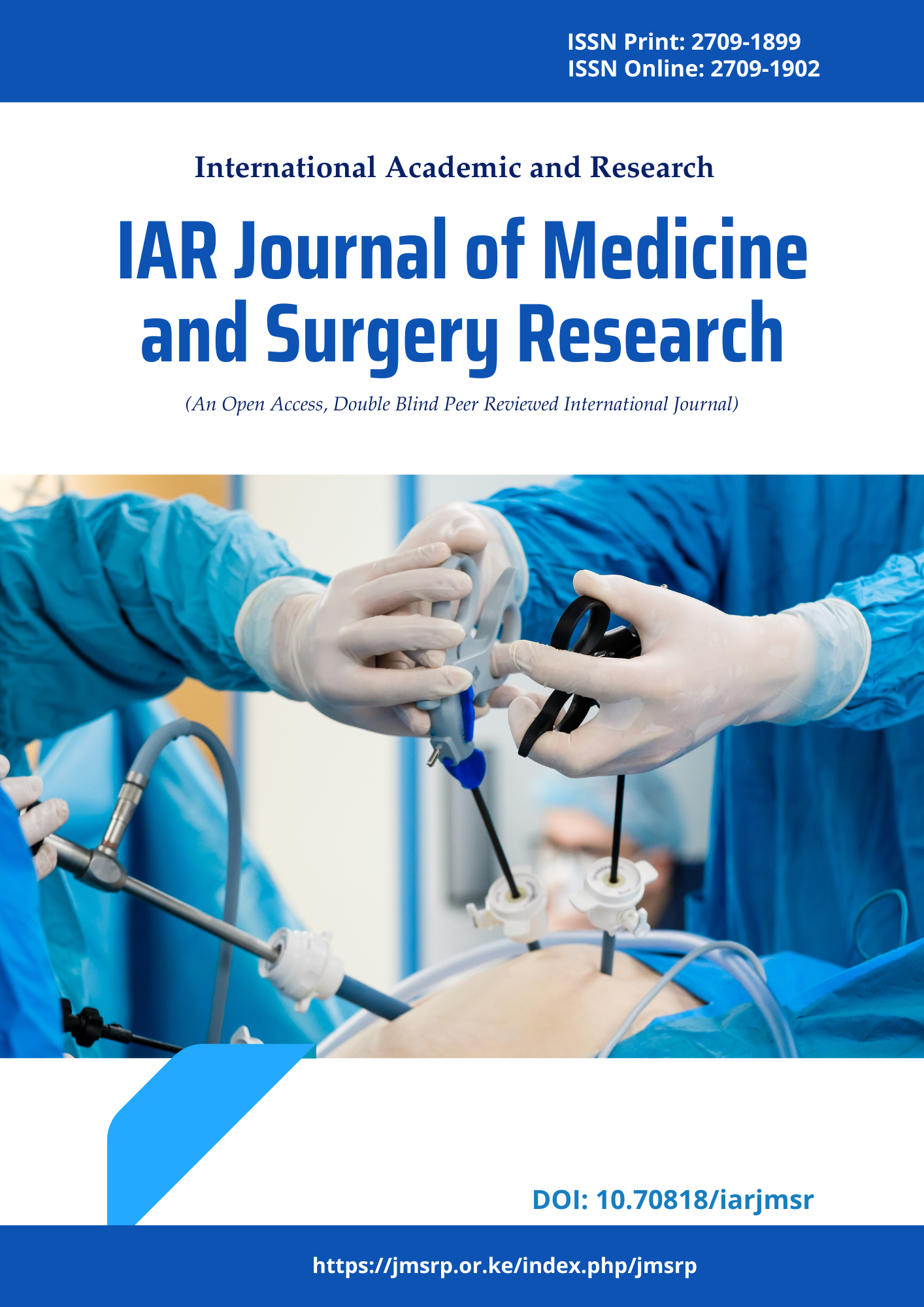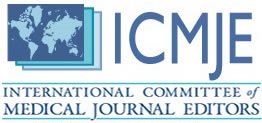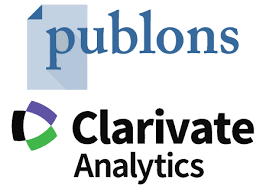Platelet Count in Women with Pregnancy Induced Hypertension
DOI:
https://doi.org/10.47310/iarjmsr.2022.V03i05.03Keywords:
Platelet count, Pregnancy, HypertensionAbstract
Objective: One of the most common and potential life threatening complications of pregnancy is pregnancy induced hypertension. This cross-sectional study aimed to investigate the relationship between platelet count and pregnancy induced hypertension. Materials and Methods: This is a present cross-sectional study was carried out in the Department of Medicine and Obstetrics and Gynecology, Maheshwara Medical College & Hospital over a period of 1 year among 60 subjects. The subjects for this cross-sectional study included consecutively - recruited Normotensive (n = 130) serve as a control, Non-Sever Pre-eclamptic (N = 35) and Severe pre-eclamptic (n = 35). All consenting, adult (≥ 18 years) pregnant women who were confirmed to have pregnancy induced hypertension by an Obstetrician constituted the subjects for these subjects. Results: A total of 200 pregnant women were included in the study. Platelet count and platelet crit levels tend to decrease as pre-eclampsia becomes more severe. In this study, no statistically significant differences were observed between the three groups in age, residence, number of pregnancies (gravidity), number of deliveries (parity), gestational age, and BMI, but there was a significant difference between the three studied groups with regards to SBP, DBP and MAP which increased with severity of preeclampsia (P<0.001). The value of PLT accounts 180(97–352) ×103/μl for pre-eclamptic women and 260(139–445) ×103/μl for normotensive pregnant women (p<0.001). Conclusion: Platelet indices, including platelet count, mean platelet volume, platelet distribution width, and Platelet crit, have been identified as promising candidate markers for predicting preeclampsia in pregnant women. In the future, a serial examination of these indicators during several trimesters of pregnancy should be conducted.
















